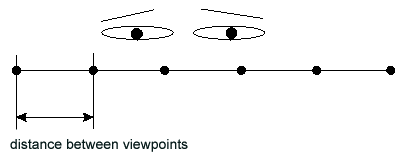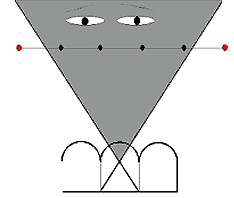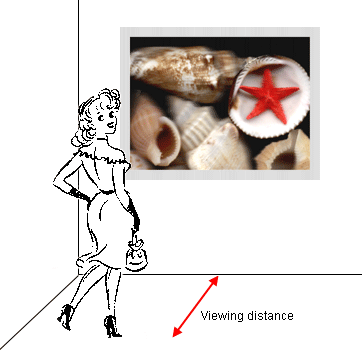How to use the program:
Output image settings (image size, resolution, alignment marks, type, arrangement)
How to use the program:
Image type

Before loading of image files it is necessary to choose the item from Image type list. Click Open Database... to open dialogue Image Types Database:
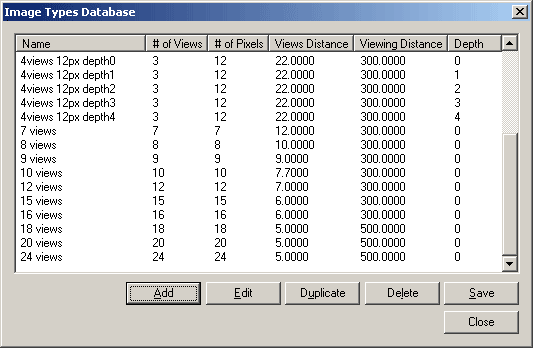
Here you can Add, Edit, Dublicate and Delete the items. Click Save to save your changes into database. Thus you can make Image type database for your goals.
Click Add and Edit to open the Edit dialogue. Here you set the following values:
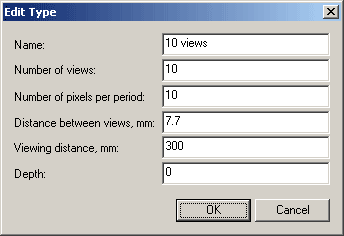
- Number of views must be a number divisible by Number of pixels per period.
- Number of pixels per period is defined by the image resolution and lenticular frequency:
Number of pixels per period = (Printer resolution in dpi) / (Lenticular frequency in lpi)
For instance, you use printer Epson 720 dpi and a 72 lpi lenticular sheet. Divide 720 dpi on 72 lpi and get 10 pixels per period (720/72=10).
It would be better to use a lenticular sheet with a frequency divisible by printer resolution. For example, 75 lpi lenticular sheet is suit for HP printer 600 dpi, not for Epson 720 dpi. 600 dpi / 75 lpi = 8 pixels per period.
Of course, it would be better to choose a number of views divisible by number of pixels per period. For 8 pixels per period we choose 8 views (1 pixel per views), or 4 views (2 pixels per views), or 2 views (4 pixels per views).
But how to work, if the views number is not divisible by (Printer resolution in dpi)/(Lenticular frequency in lpi)? We can choose a different way.
For instance, you use HP 600 dpi, 75 lpi lenticular sheet, 10 views. Of course, you can make a 10 views interlaced image with resolution 750 dpi = 75 lpi * 10. But we can get a stereo image with moire and ghosts. It would be better to loose first and last views and take 8 views.
For example, you use Epson 720 dpi, 60 lpi lenticular sheet, 10 views. Divide 720 dpi by 60 lpi and get 12 views. You need a additional 2 views. You can make a 10 views interlaced image. But you can duplicate first and last views and get 12 views image.
If you have a 5 views, you can duplicate 2, 3, 4 views and repeat three times the first and the last views. You get 12 frames.
Actually, the lenticular frequency is not exactly equal to 75 lpi or 60 lpi, so the interlaced image is resized to the necessary lenticular frequency.
- Distance between views, mm
Distance between viewpoints
If viewpoints are outside the view area of lens, the program recalculate and set maximum values of the distance between views:
Views must be inside the view area of lens
- Viewing distance, mm is very important value for Parallax correction.
- Depth: If you increase the value Depth, stereo image parallax and depth are changed, but the picture is defocused slightly.
